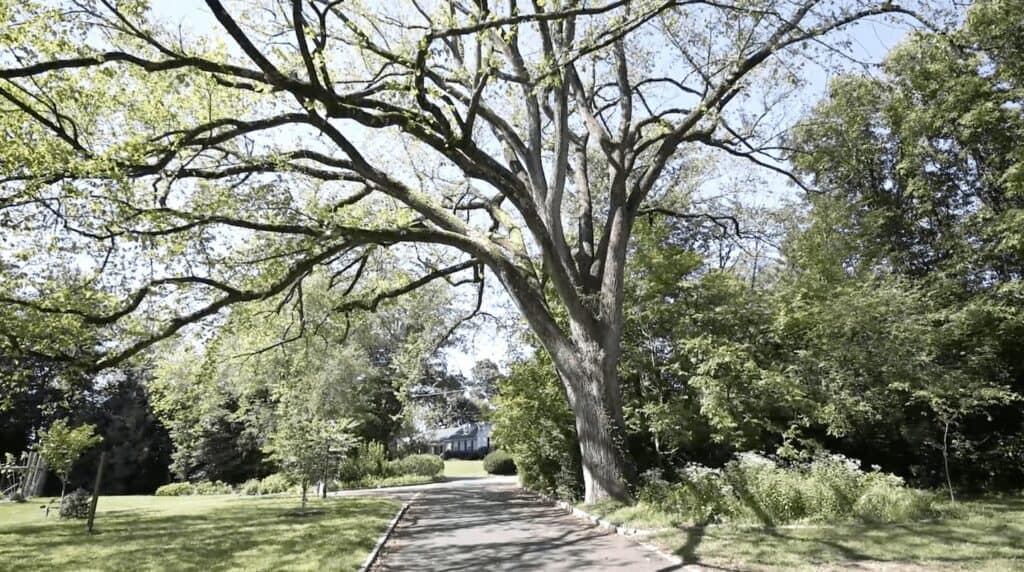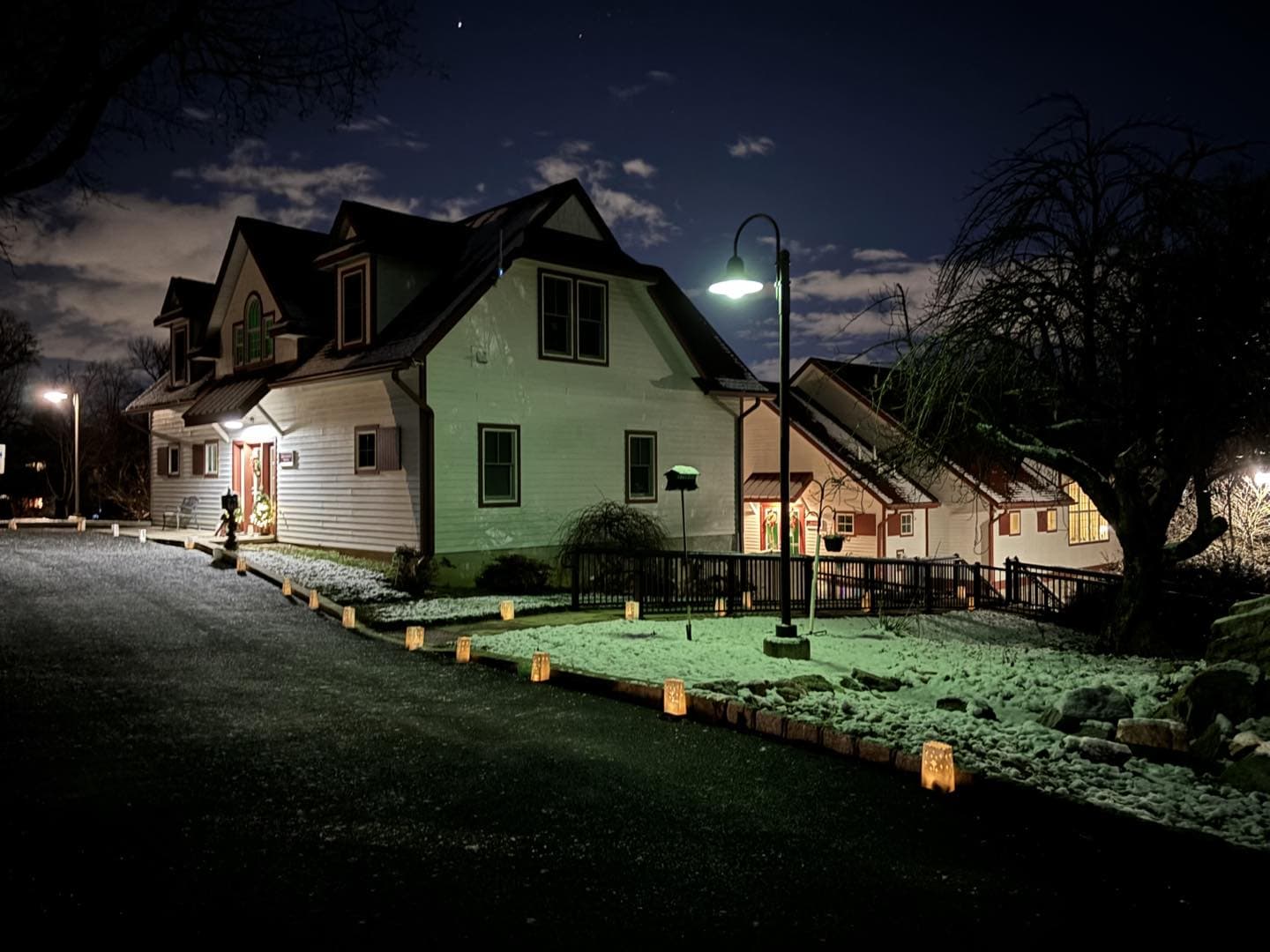Dear Friends,
Monday morning, Sr. Maria rings my home number to let me know the news. An enormous branch from Cranaleith’s 400-year-old American elm tree has fallen—its heavy weight crashing across the driveway, leaving a fatal gash down its trunk, blocking the path to the house. Maria and I pause in silence for a minute, both of us feeling this painful crack in Cranaleith’s “sanctuary of trees.” I think about the children from the Philadelphia Cambodian Refugee Association who—just last summer—delightedly ran to hug the tree’s trunk. I hang up and called the arborist. Gene McCreesh promises to come right away, send a crew to clear the drive.
Over the holiday weekend, my youngest daughter and I watched the BBC documentary depicting the resurrection story of the Judean date palm tree. Dating to the time of Jesus, the tree had been extinct for over 2000 years when 20th century archaeologists found seeds in the ruins of Herod the Great’s palace at Masada, Israel. Perfectly preserved in the dry, arid conditions of the Judean desert, the palm tree seeds were found in a storehouse–the contents of which were all that remained of an ancient Jewish people whose nearly 1000 men, women and children, in response to a brutal Roman siege, had committed mass suicide in 66-73 CE.
In 2005, two women –Dr. Sarah Sallon, a medical doctor and researcher in natural medicine, and Dr. Elaine Solowey, a desert agriculture expert–, sought to bring the dormant seeds back to life. Using her child’s old “baby bottle warmer,” Solowey warmed and hydrated the seeds. To their surprise and delight, the seeds germinated. In 2008, the scientists successfully planted and grew a male palm tree they named Methuselah (after Noah’s father). But fruit trees need males for pollen and females for flowers to fruit. It took the next 15 years to successfully grow a female Judean date palm they named “Hannah.” During the pandemic in 2021, Sallon and Solowey harvested the first fruits from Hannah’s branches. The documentary shows Solowey biting into a freshly picked date—the first from a tree that had been wiped from all the earth for over 2000 years. Watching, my daughter and I look across at one another in awe and wonder and delight.
Is that what hope tastes like? Even in the midst of suffering, fear, despair, grief over a dying elm tree, can we find seeds of renewal, bite into the fruit of hope?
In his book Into the Silent Land: A Guide to the Christian Practice of Contemplation, Martin Laird brings our attention to the work of the gardener. He reminds us that although growth is “beyond the gardener’s direct control, we can still practice watchfulness awareness. “Spiritual practice” he writes, “disposes us to allow something to take place.”
So come to Cranaleith. Sit in mourning with me and Maria near the elm tree’s trunk. In stillness and silence, watch for the sweet fruit from your own date tree. Maybe what was dormant– what seemed gone–can still grow in wondrous ways.
In Mercy,
Dawn L. Hayward




